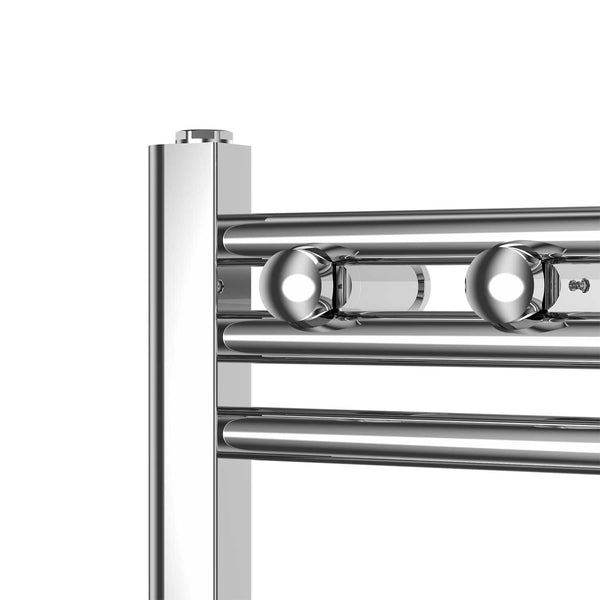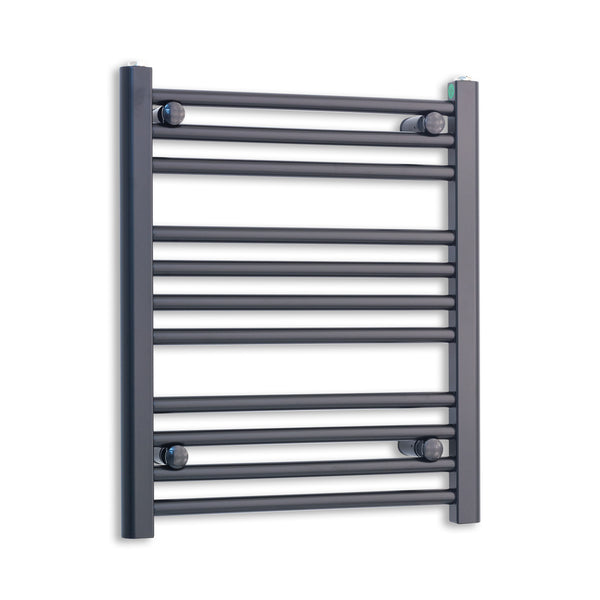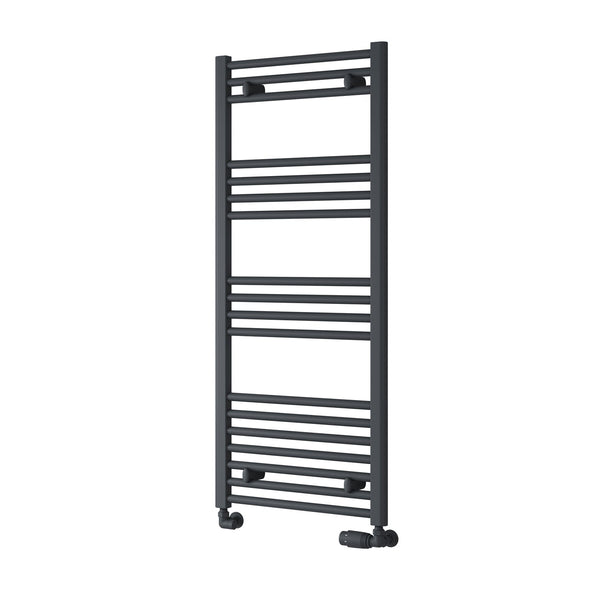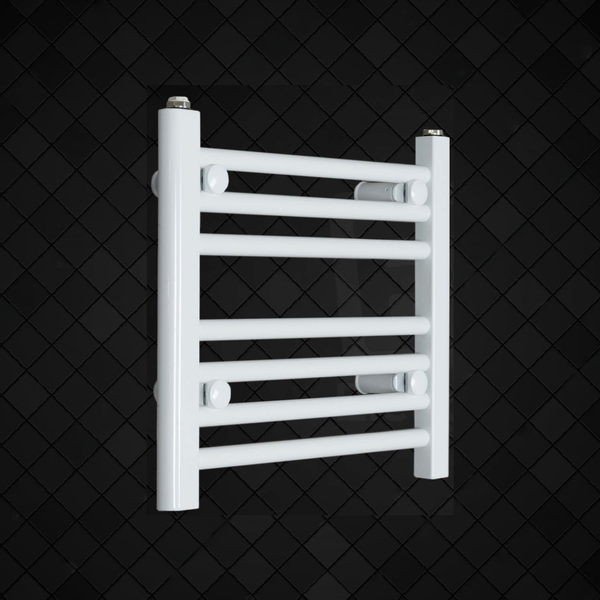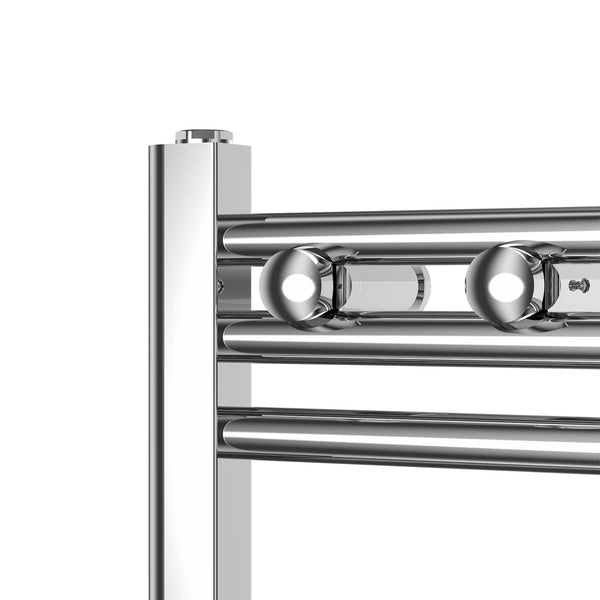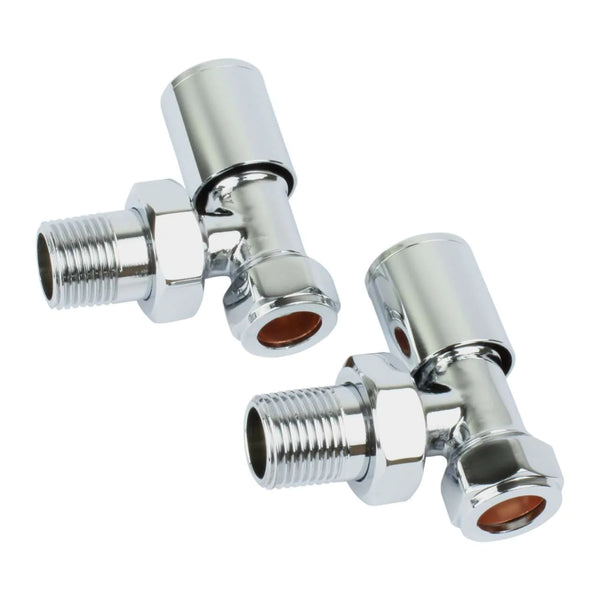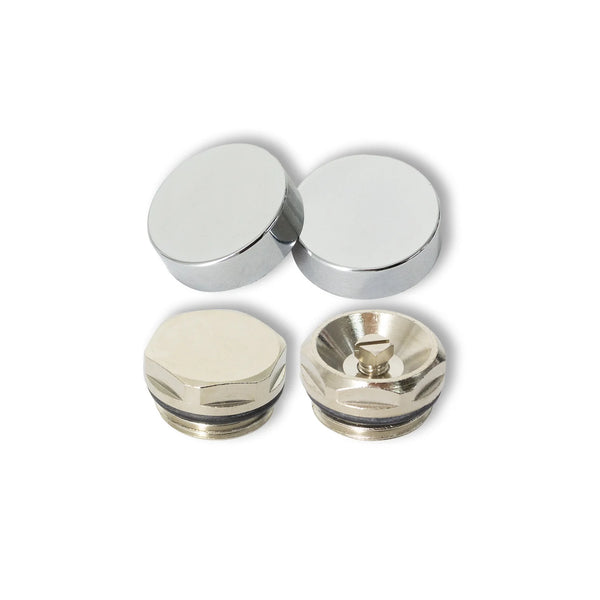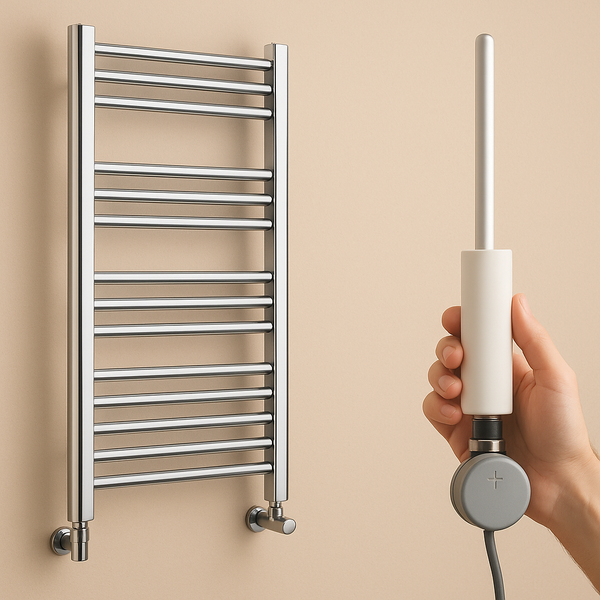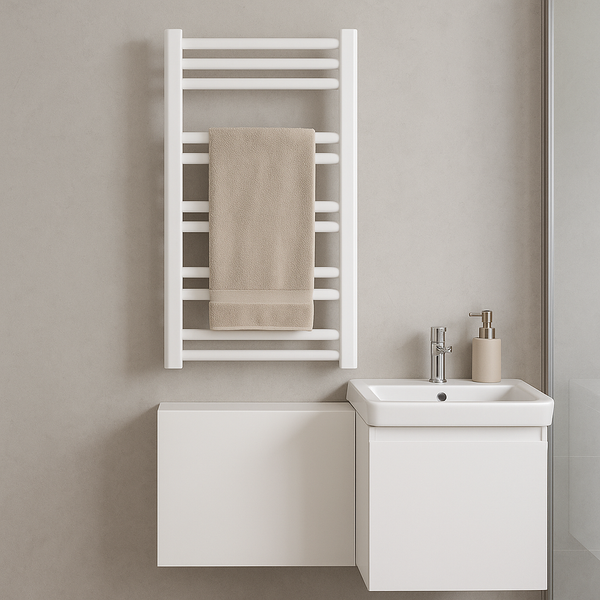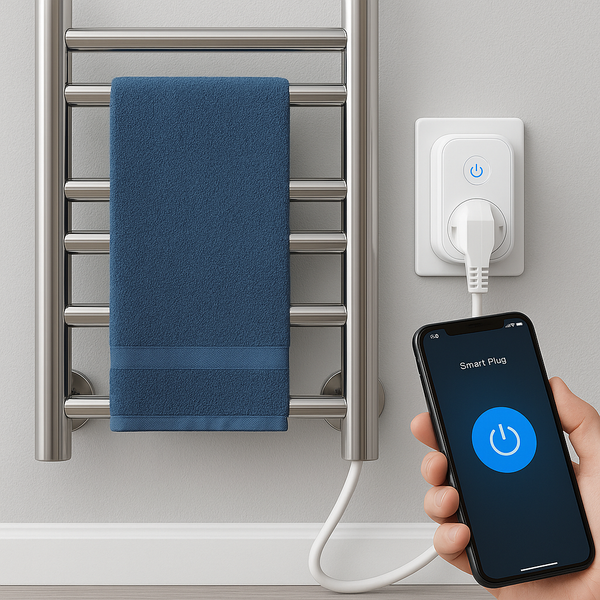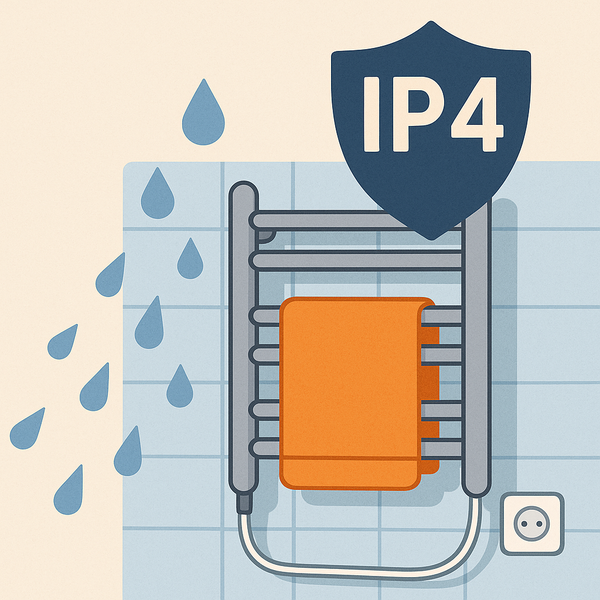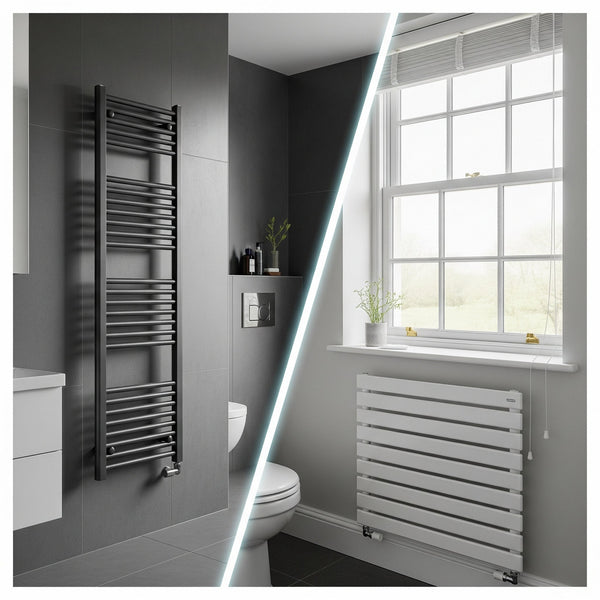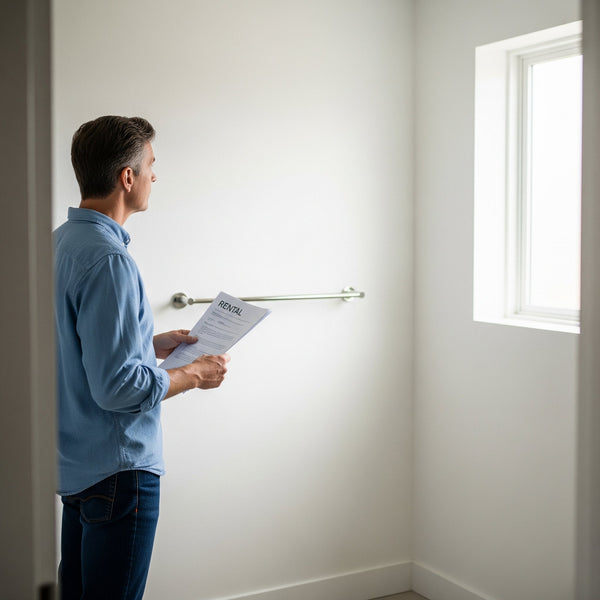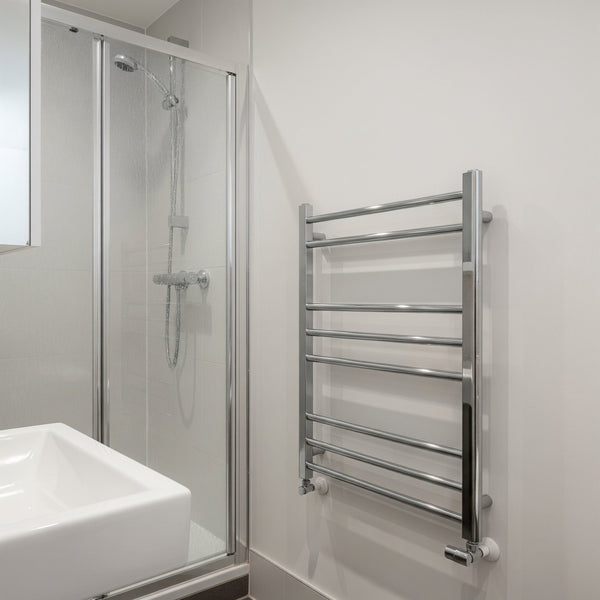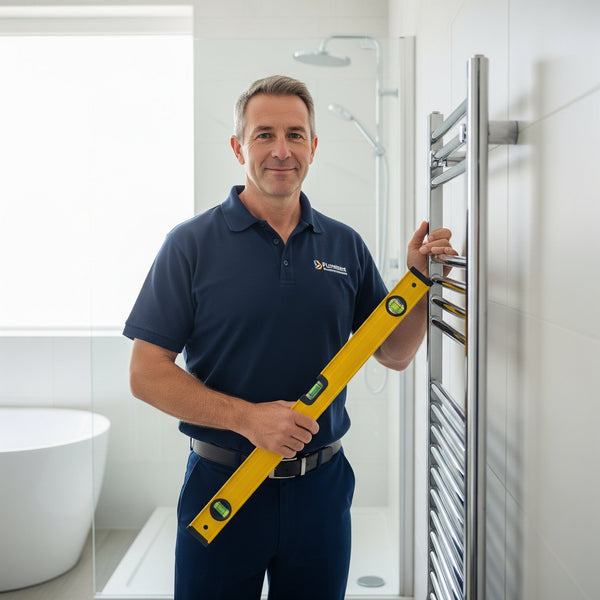Troubleshooting Electric Towel Rails: Understanding Thermostat & Element Issues
Electric heated towel rails are a marvel of convenience, offering warm towels and a cosy bathroom independently of your central heating. They are simple, efficient, and reliable. But what happens when you switch it on and... nothing? Or perhaps it's getting dangerously hot? When an electric towel rail misbehaves, the issue almost always lies with one of its two core electrical components: the heating element or the thermostat.
Understanding how these parts work together is the key to diagnosing the problem. This expert guide from Companyblue will walk you through a safe, step-by-step process to troubleshoot your electric towel rail. We’ll help you perform the basic checks you can do yourself and understand the symptoms of a faulty thermostat or a failed element, so you know exactly what to do next.

CRITICAL SAFETY FIRST: Before You Do Anything
You are dealing with a mains-powered electrical appliance in a bathroom environment. Safety is not optional.
- TURN OFF THE POWER: Before touching or inspecting the towel rail, go to your home's consumer unit (fuse box) and switch off the circuit that powers the bathroom. If you're unsure which one it is, turn off the main power switch for the entire house.
- THIS IS A DIAGNOSTIC GUIDE, NOT A REPAIR GUIDE: This article is designed to help you identify the likely problem. The testing and replacement of electrical components like elements and thermostats must be carried out by a qualified and registered electrician.
Step 1: The Basic Checks You Can Do Safely
Before assuming a component has failed, let's rule out the simple stuff. With the power safely off, you can check the first point. For the rest, you'll need to restore power briefly.
- Check the Fuse: The most common cause of a complete lack of power is a blown fuse. The fused spur (the wall switch your towel rail is wired into) contains a fuse, usually 3A or 5A. After turning the power off at the consumer unit, you can safely open the small drawer on the fused spur and replace the fuse with a new one of the exact same amperage.
- Check the Controller/Programmer: Turn the power back on. Is the screen on your controller lit up? If it's a model with a timer or digital display, ensure it is actually programmed to be on at this time. It's easy to forget a timer setting.
- Check for Error Codes: Look at the display. Some advanced digital thermostats will show an error code (e.g., 'E1', 'E2') or have a specific flashing light sequence if there's a fault. Consult the towel rail's user manual to see what the code means.
If these basic checks don't solve the problem, the issue likely lies deeper with the thermostat or the element.
Step 2: Understanding Thermostat Issues
What the thermostat does: A thermostat is the "brain". It senses the temperature (either the surface temperature of the rail or the room's air temperature) and tells the heating element when to switch on and off to maintain the level you have set.
Common Symptoms of a Faulty Thermostat:
- The rail is constantly on and gets dangerously hot: This is a classic sign of a failed thermostat. It's stuck in the 'on' position and is no longer regulating the temperature. It cannot sense when to turn the element off. You should stop using the rail immediately as this is a safety hazard.
- The rail won't heat up at all, but the controller has power: If the display light is on, and you can change settings, but the rail remains cold, the thermostat might be stuck in the 'off' position. It's not sending the signal to the element to turn on.
- The rail heats up but doesn't reach the desired temperature: This can indicate the thermostat's sensor is failing and not reading the temperature correctly.
Step 3: Understanding Heating Element Issues
What the element does: The heating element is the "muscle". It's a sealed electrical resistor that sits inside the rail. When the thermostat gives it the signal, it draws power and converts it into heat, which warms the fluid inside the towel rail.
Common Symptoms of a Faulty (or "Blown") Heating Element:
- The controller/thermostat seems to be working perfectly, but the rail is stone cold: This is the number one symptom. The display is on, you can hear a 'click' when you turn the temperature up (which is the thermostat trying to activate the element), but no heat is produced. This means the element is receiving the signal but has failed and can no longer generate heat.
The Professional Fix: How an Electrician Diagnoses the Problem
Once you've done the basic checks, it's time to call a qualified electrician. They will use a tool called a multimeter to get a definitive diagnosis.
- Testing the Element: With the power off, they will disconnect the element's wiring and use the multimeter to test its "continuity". A healthy element will have a specific resistance reading. A failed or "blown" element will show an open circuit, confirming it needs to be replaced.
- Testing the Power Supply: They will also test the wiring connected to the thermostat to ensure it's receiving power from the mains. This confirms whether the fault is in the supply or the appliance itself.
Based on these tests, they can tell you with 100% certainty whether you need a new heating element, a new thermostat, or if there is another wiring issue. They can then safely source and fit the correct replacement part.
FAQ: Electric Towel Rail Troubleshooting
Here are our answers to some common questions about electric rail faults.
Why is the light on my electric towel rail flashing?
A flashing light is usually an indicator of a specific state or a fault. On some simple models, it might just mean it's in 'standby' or a timer mode is active. On more advanced digital models, a flashing light is often an error code. You should consult the user manual for your specific model to see what the flashing sequence means.
Can I replace just the thermostat or do I need a whole new element?
It depends on the design. On many modern electric towel rails, the thermostat and the heating element are part of an integrated unit and are replaced as one piece. On some other models, the thermostat is a separate control unit that can be replaced independently. An electrician will be able to identify your model type and source the correct part.
My towel rail feels very hot in one spot (near the bottom) but cold elsewhere. Is this an element problem?
This is unlikely to be an element fault. Electric towel rails are filled with a specific amount of fluid (usually a water/glycol mix). This symptom suggests a lack of fluid in the rail, meaning the heat from the element isn't being transferred effectively throughout the unit. This can be caused by a very slow leak over time. The rail may need to be professionally refilled and sealed.
How long should a heating element last?
A high-quality heating element should last for many years with normal use. Most manufacturers offer a warranty of 1-2 years on the electrical components. Factors like power surges or being run in a rail without enough fluid can shorten their lifespan, but you can generally expect several years of reliable service.
Is it expensive to have an electrician replace an element?
The cost will be made up of two parts: the price of the replacement element/thermostat unit and the electrician's labour charge. The job itself is usually quite quick for a professional (often under an hour). While prices vary by location, it is a far more cost-effective solution than replacing the entire towel rail.
